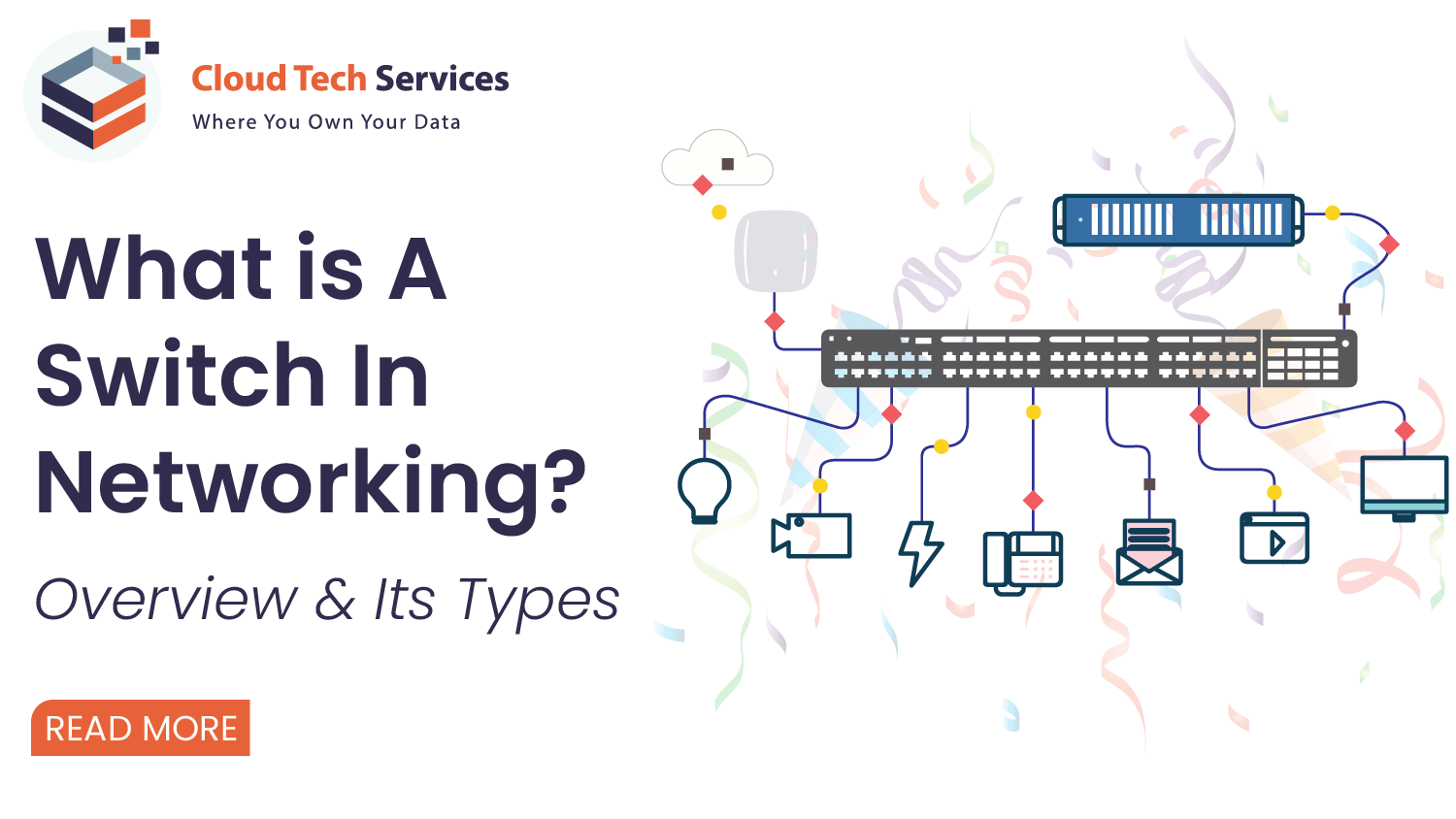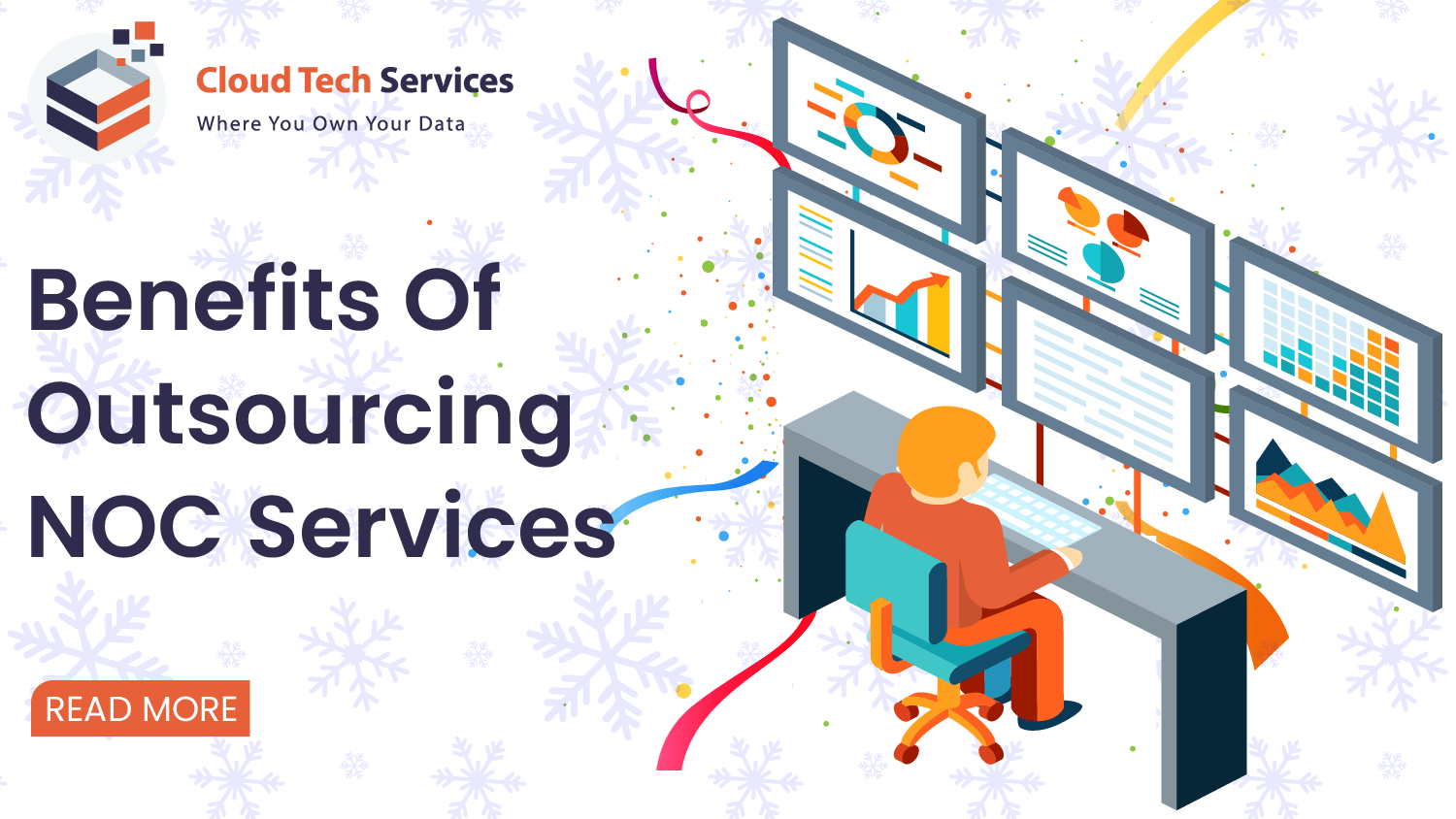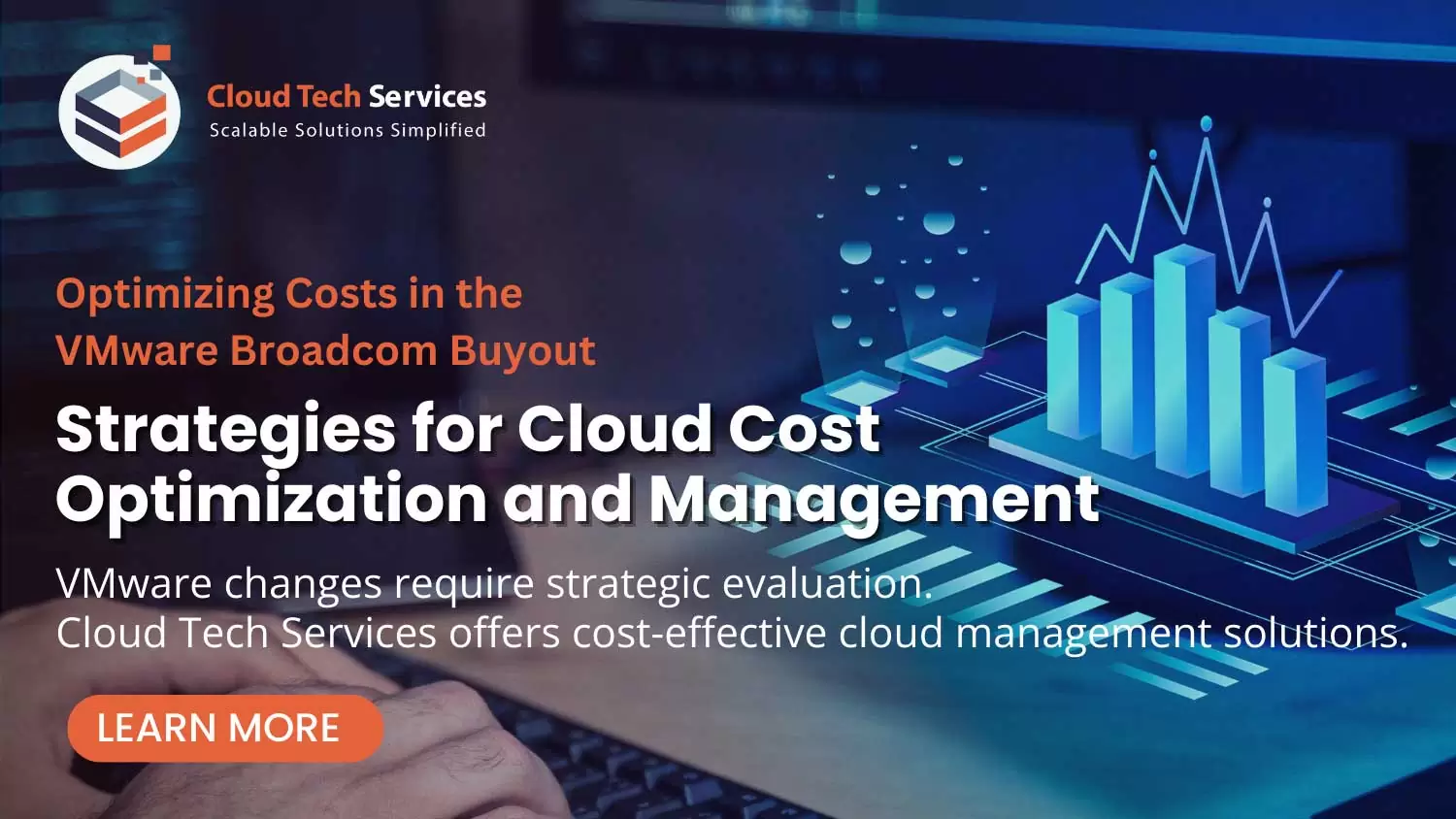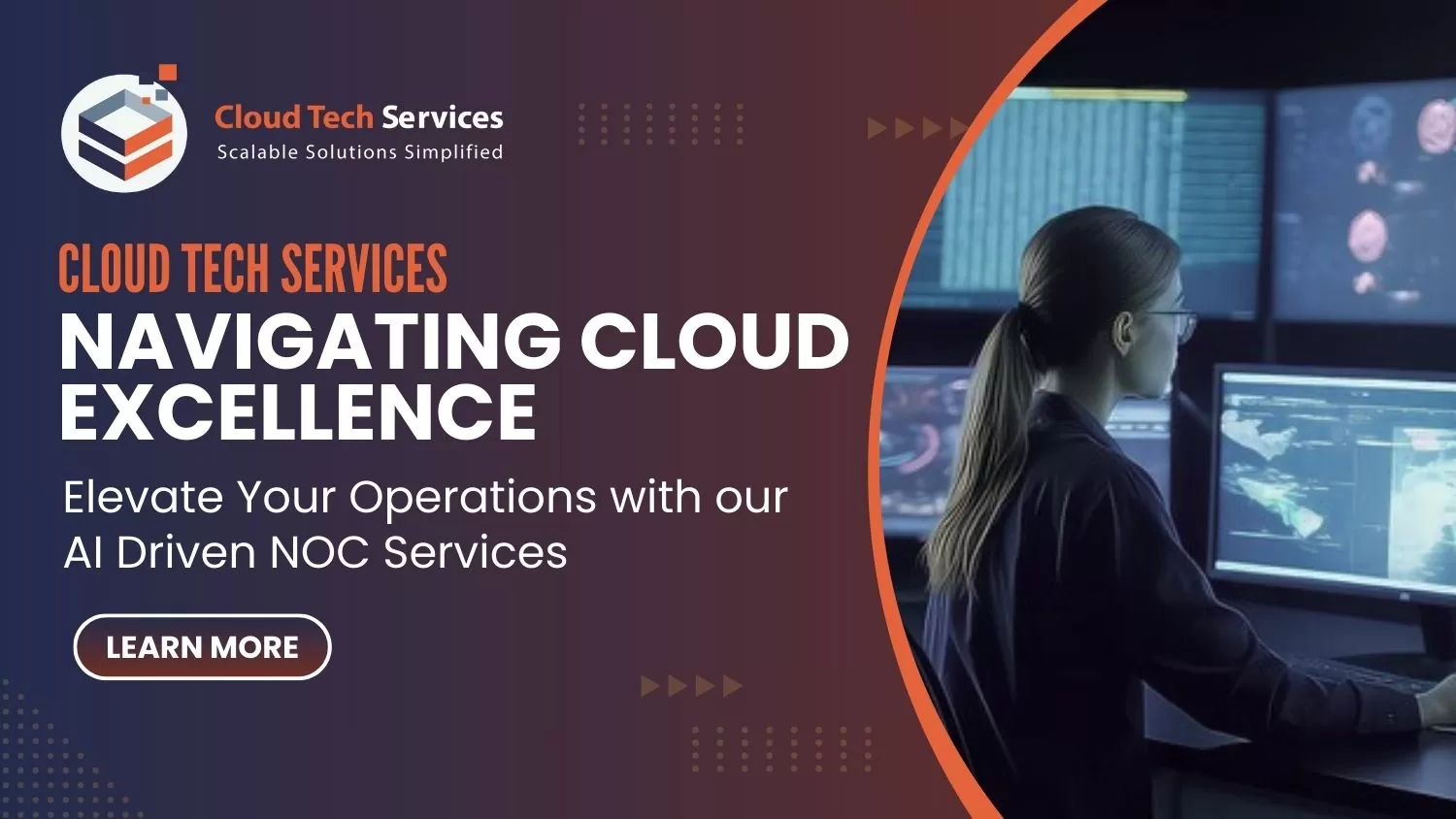Navigating Cloud Excellence: Elevate Your Operations with our AI Driven NOC Services
As businesses move their IT tasks to external cloud data centers, it’s crucial to keep services aligned with business needs. Network Operation Centers (NOCs) play a key role in ensuring that vital IT services run smoothly, and they rely on Service Level Objectives to guide their operations toward delivering consistent, reliable, and high-performance services.
For service providers, maintaining high standards in performance, security, and compliance at a reasonable cost is vital. This requires a clear understanding of service behavior based on well-defined objectives.
While Service Level Agreements (SLAs) outline the service level a provider promises to deliver, grasping Service Level Objectives is crucial for focusing on the metrics that truly impact end-users. An SLO sets a measurable performance target, defining the service level the provider aims to deliver.
In essence, SLOs serve as the foundation for NOC services, helping organizations balance optimal performance and evolving end-user expectations. By following SLO principles, NOCs can ensure they provide the right level of service while keeping costs in check.
What is a Service Level Objective (SLO)?
Service Level Objective (SLO) is like a performance goal for a service. It tells us how well we want our service to work, whether it’s about how often it’s available, how fast it responds, or how many errors it should have. SLOs help gauge how well a service is performing by providing measurable targets to strive for.
They act as a benchmark to assess whether the service is meeting the expected standards. It’s important to note that SLOs are typically used to set internal performance targets and may not be directly communicated to customers. Instead, customers may be provided with an SLA that outlines the level of service they can expect to receive, and how any issues will be addressed.
Why choose Our NOC Services
Our AI driven NOC services excel with a focus on excellence and industry-leading standards. Guided by Service Level Agreement (SLAs), we ensure reliability and efficiency, aligning seamlessly with your business objectives. With seasoned professionals and a proactive approach, we anticipate issues, prioritize user experience, and continuously improve service delivery for optimal performance.
With our AI-driven NOC services, clients typically achieve a 70% reduction in operational costs compared to traditional IT setups.
Role of SLO’s in NOC Services
Service level objectives (SLO’s) in network operation control (NOC) managed services are designed to ensure consistent reliability. By setting clear and quantifiable performance goals, organizations ensure consistent service levels for end-users. These goals act as a compass, guiding network operations toward performance and reliability.
SLOs help NOC teams to anticipate and resolve any network hindrances and vulnerabilities by setting clear performance objectives. Implementing SLOs helps to foresee potential issues and make strategic actions that ensure our network is reliable. Adhering to SLOs consistently serves as a buffer against glitches and reduces the chance of downtime.
This proactive management not only maintains customer satisfaction but also maximizes resource allocation, promoting operational efficiency. SLOs contribute a proactive impact on NOC, that actively aims to reduce risks and improve network service dependability.
One of the primary goals of service level organizations in NOC-managed services is to improve the user experience (UX). By minimizing disruption and downtime, SLOs help improve the overall user experience. SLOs help NOC teams identify areas of improvement and provide valuable insights that help refine service delivery. By tracking service level metrics at a granular level, SLOs can identify areas of inefficiency and bottlenecking and take proactive steps to improve service quality.
In the NOC space, reporting driven by individual service level organizations becomes a driving force for continual improvement. By monitoring accurate metrics, organizations gain insight into network incidents, communications, and other aspects of service. With this level of in-depth monitoring, organizations can fine-tune every aspect of service delivery to maximize performance and responsiveness. Our AI powered NOC services takes advantage of this approach to bring about improvements that may otherwise go unnoticed, providing a reliable service that is continually refined for maximum performance.
Service Level Agreement, is an agreement made between a company and its users of a given service. The SLA defines the different promises that the company makes to users regarding specific metrics, such as service availability.
It includes components such as the scope of services, specific performance targets, responsibilities of both parties, metrics for measuring performance, escalation procedures, and provisions for penalties or incentives. They are legally binding contracts, promoting transparency, accountability, and trust between service providers and customers. The primary purpose of SLAs is to define, measure, and ensure the quality of services, fostering a successful and collaborative relationship.
It includes components such as the scope of services, specific performance targets, responsibilities of both parties, metrics for measuring performance, escalation procedures, and provisions for penalties or incentives. They are legally binding contracts, promoting transparency, accountability, and trust between service providers and customers. The primary purpose of SLAs is to define, measure, and ensure the quality of services, fostering a successful and collaborative relationship.
Differences between Service Level Agreement (SLA) & Service Level Operation (SLO):
- Focus: SLAs focus on what the customer needs and specify the service level to be provided. SLOs, however, focus on how well the service provider performs and set internal performance targets.
- Scope: SLAs cover various service aspects like availability, response time, and resolution time. SLOs are more specific, concentrating on performance metrics such as response time and error rates.
- Audience: SLAs are for customers and are agreed upon by both the service provider and the customer. SLOs are internal targets used by the service provider for monitoring and improvement purposes.
- Enforceability: SLAs are legally binding contracts. If the service provider doesn’t meet the agreed service level, there can be consequences. SLOs, however, are internal goals and aren’t enforceable by external parties.
Conclusion:
In conclusion Service Level Objectives (SLO) in Network Operation Centre (NOC) serve as a structured approach to ensure reliability and availability. As organizations navigate the complex landscape of external cloud centers, SLOs become indispensable guides, ensuring that services seamlessly align with business requirements. They act as internal benchmarks, guiding NOCs towards achieving high–performance service delivery while maintaining strict standards of security and compliance.
Our adherence to SLO principles in NOC services is pivotal in enhancing the overall user experience. By minimizing disruptions, pinpointing improvement opportunities, and offering valuable insights, we ensure the delivery of top-notch NOC managed services for businesses. This strategic utilization of SLOs establishes a robust foundation for furnishing dependable and high-performance IT services amidst the dynamic landscape of IT operations. Contact us today to explore how our AI driven NOC services can transform your business.
Why choose Our NOC Services
With our AI-driven NOC services, clients typically achieve a 70% reduction in operational costs compared to traditional IT setups.















